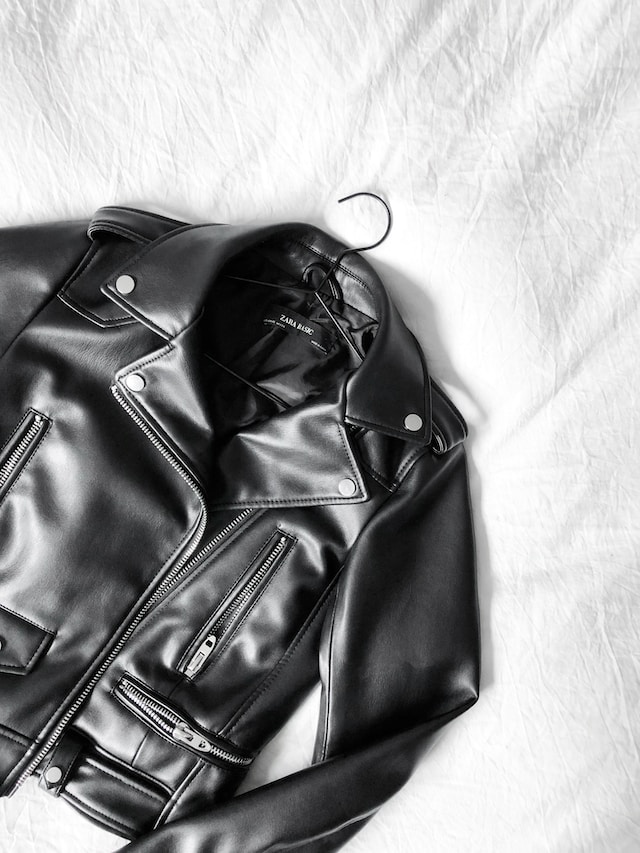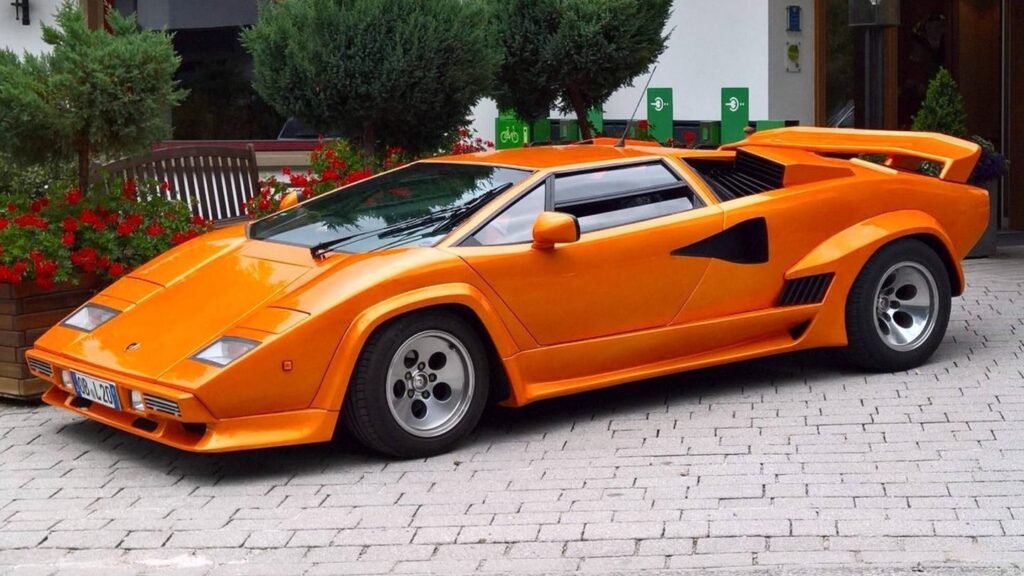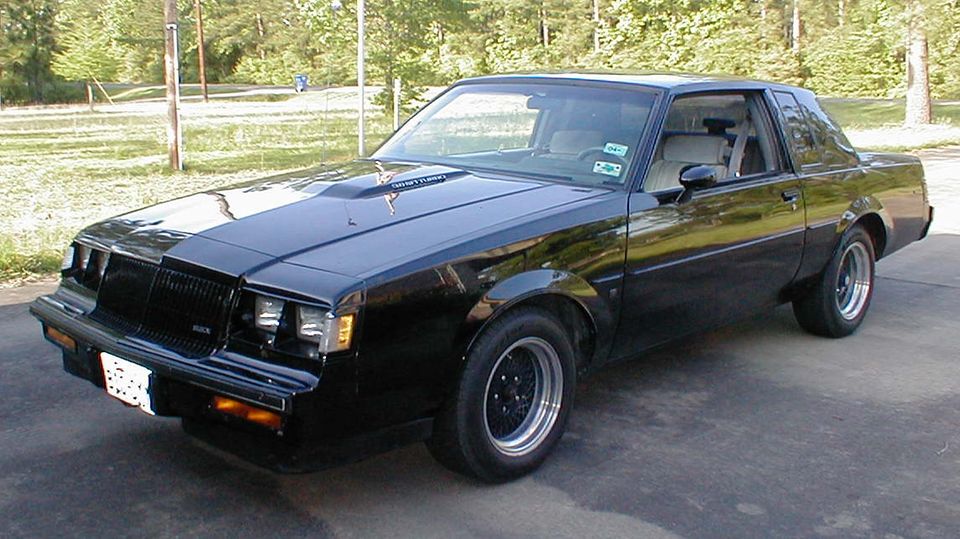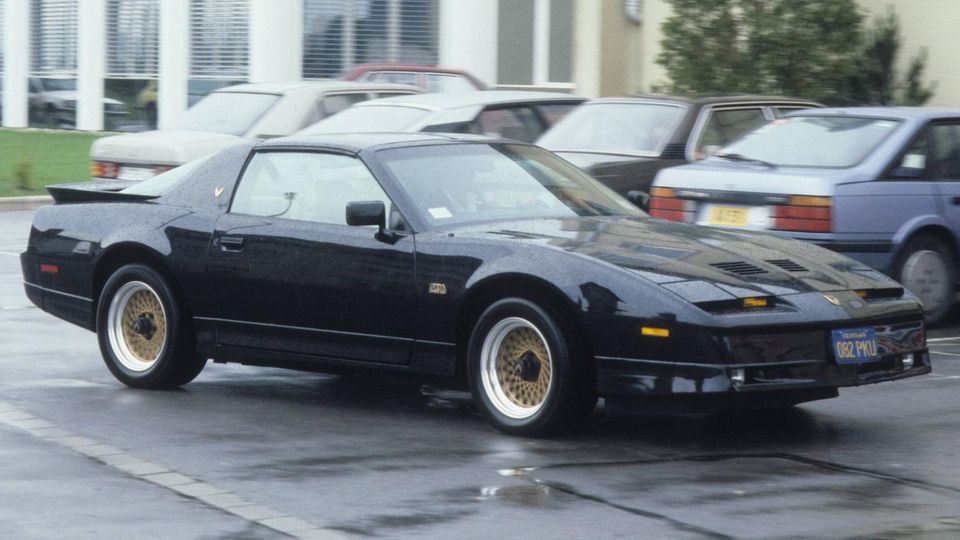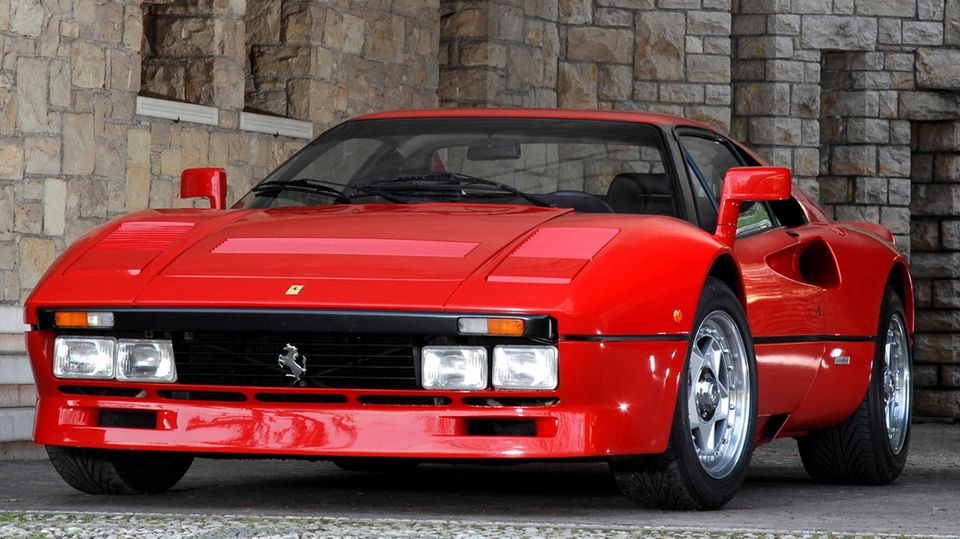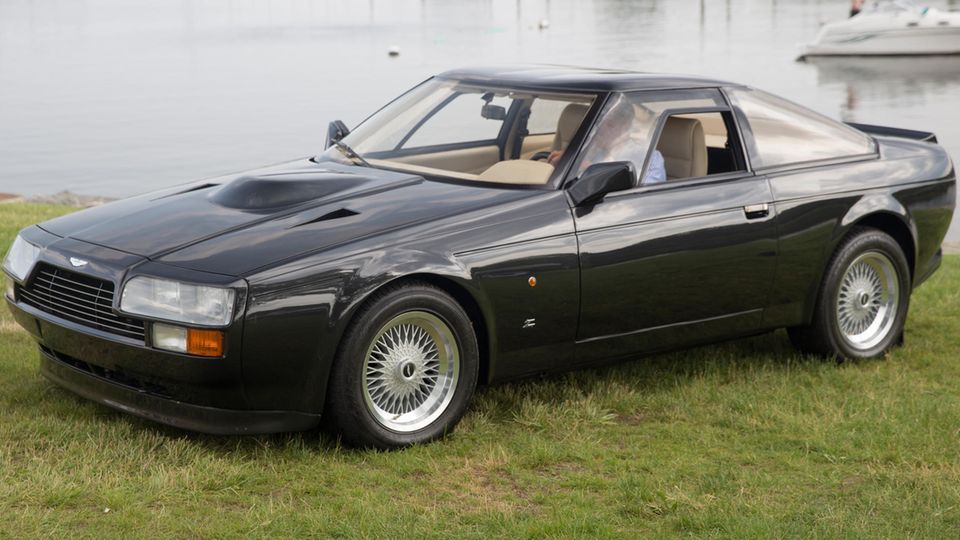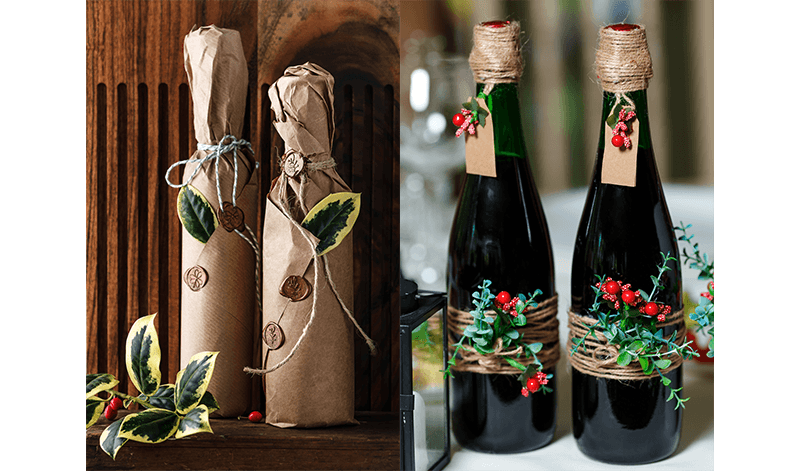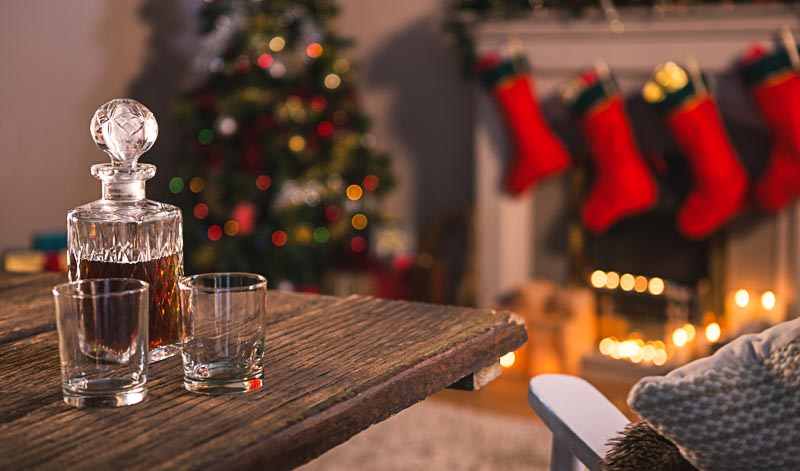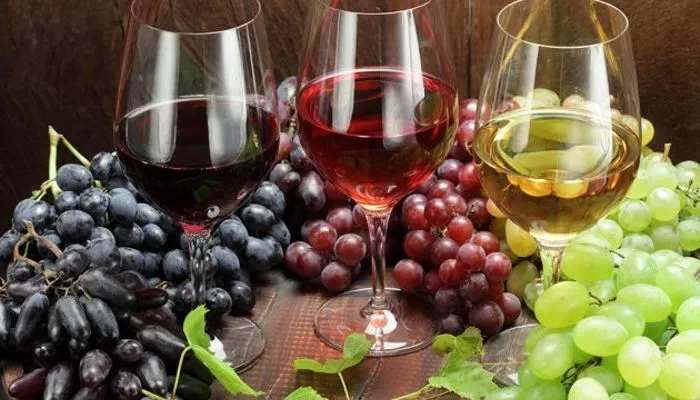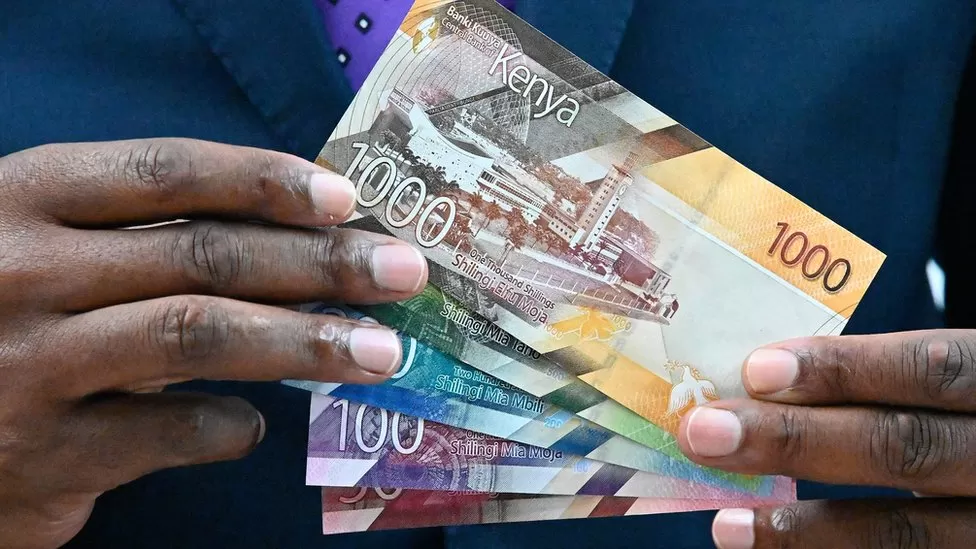The most important things for you summarized:
- With whiskey varieties, different countries of origin play an important role
- The type of production and the composition of the ingredients also distinguish different varieties from each other
- Mild and soft whiskeys are particularly suitable for cocktails
What types of whiskey are there?
The world of whiskey varieties is huge: single malt, single cask, bourbon, blended, peated – just to name a few.
Not to forget that the countries of origin also play an enormous role .
Whether a whiskey comes from Scotland, Japan, Germany or the USA or whether you have an Irish whiskey in your glass – each has its own character.
So where to start? We’ll enlighten you.
Here you will find an overview of 10 types of whiskey:
Single malt whisky
The single malt is a big and much imitated star.
The manufacturing process of the Scots for this king of whiskeys is a worldwide standard .
The “single” means: This is one of the whiskeys made by a single distillery and from a single grain .
It is made from malted barley (“malt”). Single malts are distilled in copper stills (“pot stills”).
After distilling, the single malt whiskey is aged in oak casks for at least three years .
This is where character really takes shape and is influenced by the barrel used.
If you want to know more about the production and properties of single malt, you should have a look here: What is single malt whiskey
single case
While the single malt comes from a single distillery, different bottlings from different casks are certainly combined (“blending”).
This step is not necessary with the single cask.
This is a whiskey that comes from a single cask .
Single refers only to the keg, not the grain.
This can also be made with other types of whiskey and come from any country.
The decisive factor is that the barrel must contain really good quality, because there is no need for a taste comparison through blending .
In addition, the good stuff is limited.
Single cask whiskeys are expensive collector ‘s items .
Blended malt whisky
The “malt” is still in it – an indication of 100 percent malted barley .
The “Blended” stands for the mixing of cask contents from different distilleries .
The origin can be international.
Is blended malt the same as blended scotch whisky?
Like blended malt, blended scotch is made from whiskeys from different distilleries.
But the starting material is different in blended Scotch: not only malted barley as in single malt, but also grain whiskey , which is made from other grains such as rye, wheat and corn.
This creates mild, velvety whiskeys.
grain whisky
“Grain” simply means corn.
Grain whiskey contains varying proportions of wheat, rye, barley and corn .
This whiskey is catchy and has a slightly sweet fruitiness.
It is therefore ideal for first-time discoverers of the whiskey varieties.
If the grain comes from a single barrel, it is called single grain whiskey – also a collector’s item.
Irish whiskey
The production method of Irish single malt whiskey does not differ much from Scottish single malt varieties.
Barrel aging in oak is not mandatory for the Irish – but most distilleries choose to do so.
In Ireland, whiskey is distilled three times in pot stills – not twice like in Scotland.
This creates a product that is one of the lighter, smoother types of whiskey – easy to drink.
Nevertheless, the good Irish whiskeys are never flat, but complex with fruity aromas and warm cask notes.
A whiskey specialty unique to Ireland is Single Pot Still Whisky .
For this, malted and unmalted barley is processed.
This was originally intended to save taxes.
Today, super soft and pure whiskeys are created in this process.
Bourbon Whiskey
Bourbon is a whole different breed of whiskey.
Easily catchy, tending toward sweetness, with a more defined play of aromas.
An ideal entry-level whiskey.
Bourbon comes from the USA.
Strongholds here are the states of Kentucky and Tennessee.
Bourbon whiskey is always at least 51 percent corn.
Then there are rye, wheat and barley.
The production differs from the whisk(e)y varieties of Scotland and Ireland.
Most bourbon is distilled in column stills – three times.
There is no minimum maturation period as with the European whiskey varieties.
However, two years of minimum cask aging in fresh American white oak are required for Straight Bourbon.
The barrels are burned out in defined degrees of strength – this intensifies the barrel aromas and color intensity.
Then there is the bottled-in-bond bourbon whiskey among the American whiskey varieties .
It has strict requirements : from a distillery, from one season, at least four years of barrel aging, no cold filtration.
And finally, the Americans have also created whiskey varieties for collectors: the single barrel bourbon .
So single cask bottling with strong limitation.
Tennessee whiskey
The Tennessee is actually one of the Bourbon Whiskey varieties .
But first, it’s a designation of origin (like “Scotch”).
And secondly, there is a one-time production step.
The composition and firing are the same as for bourbon.
However, the finished distillate is filtered through several thick layers of maple charcoal .
This makes Tennessee one of the mildest whiskeys around.
Typical of this specialty are strong vanilla aromas, caramel, maple syrup, but also spices such as allspice and pepper.
Corn Whiskey
We’re still in the US and not far from bourbon.
A corn whiskey contains at least 80 percent corn .
Types of whiskey made entirely from corn are called straight corn whiskey.
No cask aging is required for the corn-based distillates .
Corn whiskeys are very pleasantly drinkable spirits.
They feel sweet, creamy and intense in the mouth and smell of popcorn, banana, cinnamon, vanilla and nuts.
The golden color of the corn whiskey is also striking .
Rye Whiskey
We’re not at the end of American whiskeys yet.
The Rye disappeared for a long time, but is now celebrating a renaissance.
This is what makes rye whiskey so special : the grain must contain at least 51 percent rye.
It is stored for at least two years in freshly charred oak barrels.
The rye is very spicy, slightly bitter and dry in taste.
Flavors such as cloves, ginger, cinnamon and orange peel are often noticeable.
Rye is one of the types of whiskey that can be enjoyed neat.
But it is also good as a cocktail ingredient – for example in the Manhattan.
Cask Strength Whiskey
If you ever need a really strong sip, go for a Cask Strength.
This is the strongest of all whiskeys . So the most alcoholic.
Normally, all types of whiskey are made with the brewery’s spring water to a
drinking strength of 40 to 46 percent.
With the Cask Strength you don’t do that.
It comes from the barrel into the bottle as it is.
Since volume percentages are lost during maturation (the Angels Share, the Scots say), there is no fixed value for these whiskeys.
A cask strength is between 50 and 68 percent by volume .
Please only try while sitting!
The barrel storage & its effect on the aromas
There’s one thing you can’t accuse the whiskey makers of: lack of imagination.
When you see what’s out there, you realize that there has always been a lot of experimentation in this area.
For example with the barrels.
Many types of whiskey are aged in used casks . This characterizes the taste:
- Ex-Bourbon casks: fine aromas of light fruits, citrus fruits and lots of vanilla
- Ex-Sherry casks: dark colour, complex flavors (brown sugar, dried fruit, tobacco, cinnamon)
- Ex-port casks: dark red hue, full-bodied dried fruit aromas
- Ex – wine barrels: multifaceted play of aromas from fruits, berries and fine spices
- Ex – rum casks: exotic fruit aromas of mango, melon, papaya, banana, pineapple
Whiskey Types FAQ
The whiskey regions of Scotland
It’s really true: speaking of “whisky” is about as precise as “Europeans”.
The whiskey stronghold of Scotland alone produces very different types of whiskey in its regions.
An overview:
- Lowlands: dry, mild profile; good entry into the single malt world
- Highlands: spicy, complex, heavy, prestigious
- Speyside: perhaps the most famous whiskey region in the world, with elegant, complex, delicate whiskeys of the highest balance
- Campbeltown: heavy and oily
- Islay: unique combination of peat, smoke, sea air with floral, sweet heather notes
Whiskey or whisky – what’s the difference?
This is where confusion can arise: some bottles say Whisky while others use the spelling Whiskey.
Is that just a play on words?
In fact, the spelling already gives an indication of the origin of the whisk(e)ys and thus also of its character.
In general, it can be said that only whiskey from Ireland and American bourbon are written with an e.
Scottish, Canadian, German or Japanese whiskey are used in the spelling without the e.
The difference lies in the production : Irish whiskeys use malted and unmalted barley, which is also not kilned, as is the case with Scottish single malts, for example.
In addition, whiskey is triple distilled, resulting in a higher alcohol content than whiskey.
American bourbon whiskey also has special manufacturing specifications that distinguish it from whiskey and Irish whiskey.
Which whiskey for cocktails?
You don’t pour a single malt into a cocktail.
It is best drunk straight.
Bourbon is one of the types of whiskey that goes well on ice or in a cocktail.
Probably the most well-known whiskey cocktail is the Old Fashioned.
Southern writer William Faulkner also enjoyed a mint julep.
But the whiskey sour , the original cocktail of all sours from the gold rush days, is also convincing with its sweet and sour aromas.
Where can I buy good whiskey?
You can get really good whiskey not only in well-stocked spirits shops or directly from the manufacturer.











